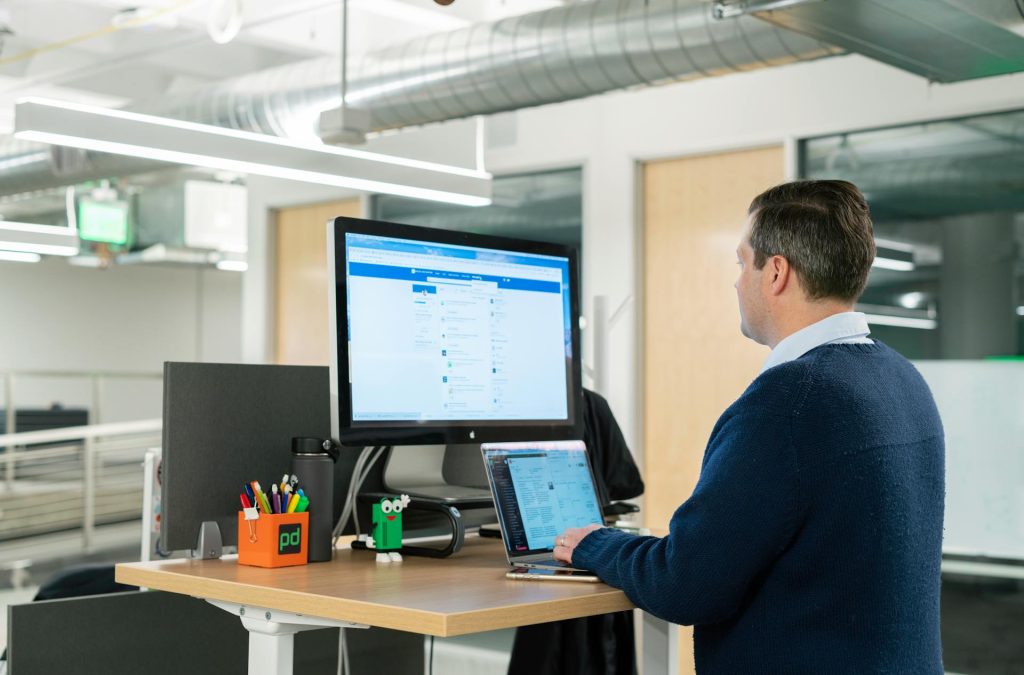
Introduction: The Power of LinkedIn Outreach Automation
LinkedIn has emerged as a crucial platform for generating leads and fostering professional connections in the world of sales and business development. Leveraging LinkedIn’s reach and networking capabilities can significantly boost meeting bookings and drive business growth. However, manual outreach can be time-consuming and inefficient, especially when engaging with many prospects.
This is where automation tools come into play. By harnessing the power of sequencing tools designed specifically for LinkedIn outreach, sales professionals can streamline their workflow, increase productivity, and ultimately enhance their success in scheduling meetings with potential clients or partners.
This comprehensive guide will delve into the strategies, best practices, and tools you need to automate your LinkedIn outreach effectively. Whether you’re new to sales or a seasoned business development expert, mastering these techniques will help you unlock the full potential of LinkedIn as a lead generation and conversion tool.
Why Automate LinkedIn Outreach?
Manual outreach on LinkedIn involves sending individual messages, connection requests, and follow-ups to prospects, which can be labor-intensive and prone to human error. Automating this process offers several compelling benefits:
- Time Efficiency: Automation tools can handle repetitive tasks at scale, allowing sales professionals to focus on high-value activities like relationship-building and strategy development.
- Consistency: Automated sequences ensure every prospect receives timely and personalized communication, leading to better engagement and response rates.
- Scalability: With automation, you can expand your outreach efforts without increasing your workload proportionally, enabling you to reach a larger audience effectively.
- Data Insights: Many sequencing tools provide valuable analytics and performance metrics, allowing you to optimize your outreach strategy based on real-time data.
In the next sections, we’ll explore how to implement LinkedIn outreach automation successfully, covering everything from setting up sequences to crafting compelling messages and measuring results.
Choosing the Right Sequencing Tool
The first step in automating LinkedIn outreach is selecting the right tool for your needs. There are several sequencing platforms available, each offering unique features and functionalities. Here are some popular options:
- Sales Navigator: LinkedIn’s native tool for sales professionals, Sales Navigator, offers built-in outreach features like InMail and lead recommendations. While not a dedicated sequencing tool, it’s a valuable resource for prospecting and initial outreach.
- Outreach.io: A comprehensive sales engagement platform, Outreach.io allows you to create personalized sequences that combine emails, calls, and LinkedIn messages. It integrates seamlessly with CRM systems like Salesforce.
- HubSpot: HubSpot’s CRM includes automation features for LinkedIn outreach, enabling you to create targeted sequences and track engagement directly within the platform.
- Reply.io: Reply.io specializes in multichannel outreach, including LinkedIn messaging. It offers robust automation capabilities and advanced analytics to optimize campaign performance.
When choosing a sequencing tool, consider factors such as integration capabilities, ease of use, pricing, and customer support. Many platforms offer free trials, allowing you to test their suitability for your specific needs before committing.
Setting Up Effective Sequences
Once you’ve selected a sequencing tool, it’s time to design and implement your outreach sequences. Here’s a step-by-step.
Crafting Engaging Messages
The effectiveness of your LinkedIn outreach largely depends on the quality of your messages. Automated sequences should feel personalized and authentic to resonate with your prospects. Here are some tips for crafting engaging messages:
- Segmentation: Divide your prospects into distinct segments based on criteria such as industry, role, or pain points. Tailor your messaging to each segment’s specific needs and challenges.
- Personalization: Use merge tags to insert personalized details (e.g., name, company) into your messages. Reference mutual connections or recent activities to demonstrate genuine interest.
- Clear Value Proposition: Clearly communicate your value and how it addresses your prospect’s pain points. Focus on benefits rather than features.
- Call to Action (CTA): Prompt your prospect to take a specific action, such as scheduling a meeting, downloading a resource, or visiting your website. Make the CTA clear and compelling.
- Short and Direct: Keep your messages concise and to the point. Avoid jargon and unnecessary details. A concise message is more likely to be read and responded to.
Optimizing Outreach Timing and Frequency
Timing and frequency play crucial roles in the success of your LinkedIn outreach campaigns. While automation tools can handle the logistics, it’s essential to optimize these parameters for maximum effectiveness:
- Timing: Experiment with different days and times to identify when your prospects are most active on LinkedIn. Aim to send messages when they’re likely to be online and receptive.
- Follow-Up Cadence: Define a follow-up cadence that balances persistence with respect for your prospect’s time. A typical sequence might include an initial message, followed by two or three strategically spaced follow-ups.
- A/B Testing: Continuously test different timing and frequency strategies to identify the best for your audience. Use analytics provided by your sequencing tool to refine your approach over time.
Monitoring and Optimizing Performance
Successful LinkedIn outreach automation requires continuous monitoring and optimization. Leverage the analytics and performance metrics provided by your sequencing tool to assess the effectiveness of your campaigns:
- Open and Response Rates: Track metrics such as open rates, response rates, and click-through rates to gauge engagement levels. Identify trends and patterns to refine your messaging strategy.
- Conversion Metrics: Measure the impact of your outreach efforts on key conversion metrics, such as meeting bookings or demo requests. Use this data to optimize your sequences for better outcomes.
- Iterative Improvements: Implement iterative improvements based on data-driven insights. Test different message variations, subject lines, and CTAs to optimize performance over time.
- CRM Integration: Integrate your sequencing tool with your CRM system to consolidate prospect data and streamline lead management. Ensure seamless data synchronization to track leads throughout the sales pipeline.
Conclusion
Automating LinkedIn outreach with sequencing tools offers a strategic advantage for sales and business development professionals seeking to boost meeting bookings and drive revenue growth. By leveraging automation, you can streamline your workflow, increase productivity, and engage with prospects more effectively.
Remember, successful outreach requires a balance of automation and personalization. While sequencing tools handle the heavy lifting, crafting tailored messages that resonate with your audience and provide clear value is crucial.
Incorporate the strategies and best practices outlined in this guide to optimize your LinkedIn outreach campaigns and achieve measurable results. Embrace experimentation, monitor performance metrics, and continuously refine your approach to stay ahead in today’s competitive sales landscape.
Implementing a robust LinkedIn outreach strategy powered by automation is not just about efficiency—it’s about building meaningful connections and driving tangible business outcomes. Start automating your LinkedIn outreach today and unlock new opportunities for growth and success.


